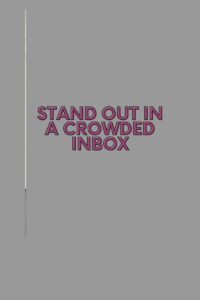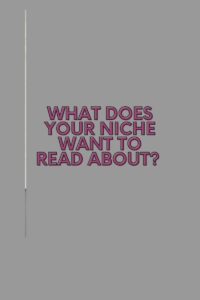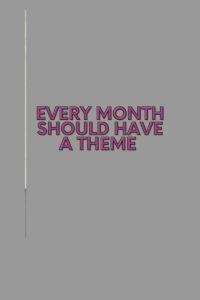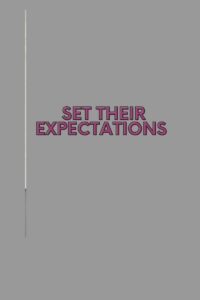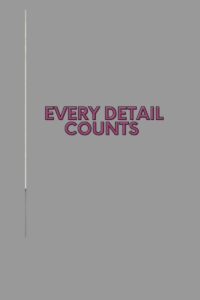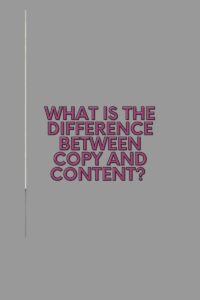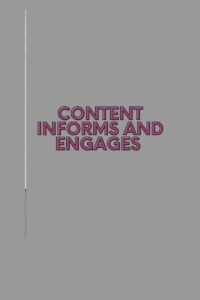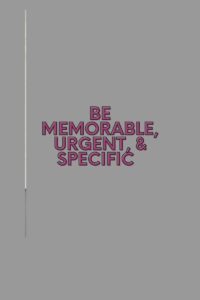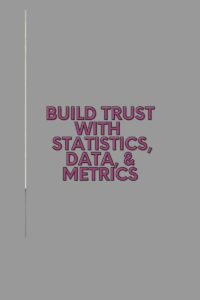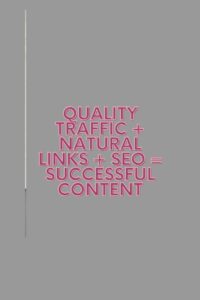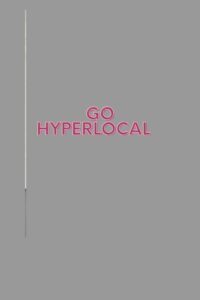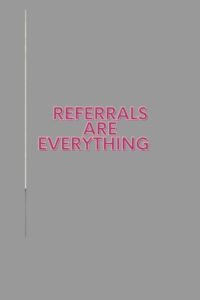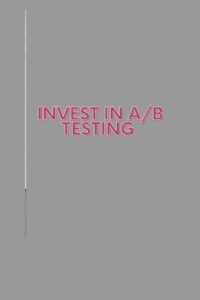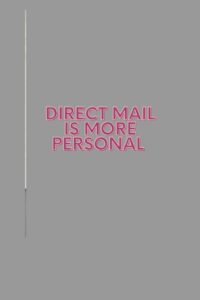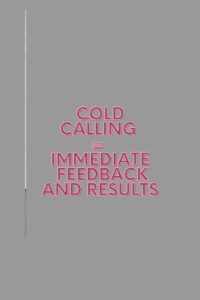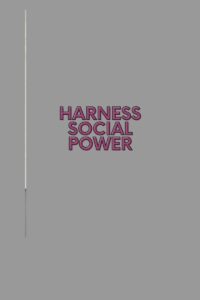Press releases have thrived in the digital age because they are still a powerful marketing tool. Also known as a news release, they help any business get the word out about an event, promotion and your side of a story in case crisis management is needed. Knowing how to write a press release will manage the perception of your business.
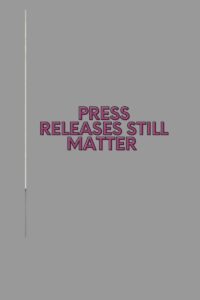
What is a press release?
A news release is a short document that spreads the word about something important to you. Sharing it with the press and other media outlets is essential. You need an account to eReleases.com or another paid site.
You also have the option of pitching to journalists and editors once you know to write a press release. A pitch is just a cover letter summarizing the content and explaining why your press release is newsworthy. There is zero guarantee that it will be accepted and/or published.
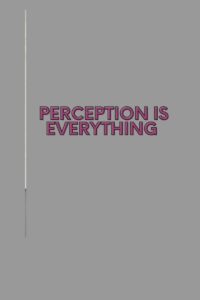
Reasons to send a press release
- Media outlets have extensive reach to bring attention and awareness to your listings.
- Relationships can be built with journalists and media outlets.
- SEO-friendly releases are essential to ranking given the possibility of so many backlinks.
- Your image is everything; press releases allow you to control how your business is viewed.
What is newsworthy content?
Anything you want to publish should be:
- impactful
- urgent
- recognizable
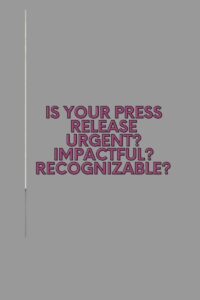
Two out of the three factors will make your piece newsworthy.
Here are a few ways to stand out:
Do research
Ask what people are searching for and use an SEO keyword tool like SEMrush to understand the data needed to be picked up.
Give an exclusive
Pair a scoop with data for journalists to be willing to work with you.
Newsjack
Take a piece of existing news and insert yourself to increase your relevancy. If everyone you know is moving to Texas from California, weave yourself into that news narrative to gain traction.
Get into their feelings
What does your targeted market really care about? Don’t judge. Craft your press release to make it something that gets a response.
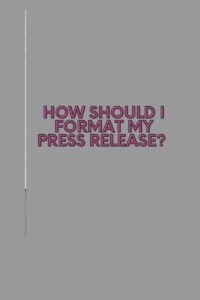
Press release format
- headline
- lede
- body paragraphs
- quotes
- boilerplate
- contact details
Headline
- Action verbs
- Active voice
- Summarize everything
If you’re still struggling with your headline when learning how to write a press release, you could always try a headline analyzer to give you an idea of where you stand.
Q Link Wireless Stands United with You
The Q Link Wireless Friday Deal Is Here–Score This Stellar Deal While Supplies Last
Q Link Wireless Helps Those Who Are Unemployed
Sign Up for Q Link Wireless If You Already Participate in Medicaid
Q Link Wireless’s Newly Expanded 5G Network Is Now Serving Mississippi Residents
Lede
You may have heard the expression, “Don’t Bury the Lede” a few times in your life. This is essentially the hook of your press release. In 35 to 45 words, you must condense the whole point of your press release.
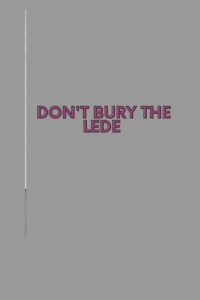
It answers the
- who
- what
- why
- where
- when
your readers will want to know.
Body paragraphs
Once your lede has been solidified, develop your body paragraphs. This must include all the details of your story. Pick your keywords and weave them throughout the body paragraphs. Pack a punch early on with the most relevant details first.

Quotes
Include at least two quotes in your body paragraphs. Quotes also give your press release personality and, more importantly, personality. Each one must fit in the context of your press release.
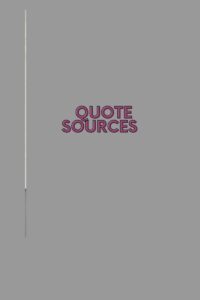
Boilerplate
The short paragraph that goes at the bottom of your press release is just your business’s mission statement, condensed facts and goals. Check out the one I wrote for when I worked at a telecom company:
About Q Link Wireless
Q Link Wireless is a pioneer in the telecommunications industry. The company understands that wireless communication is a right and life essential to connect with loved ones, employers, schools and emergency services. Q Link Wireless is able to offer free and discounted wireless services because they are an approved provider of the federal Lifeline Assistance program. The Lifeline Assistance program was created in 1984 by the Federal Communications Commission (FCC) under Ronald Reagan and updated in 1996. It allows low-income individuals who cannot afford a mobile phone to obtain one at affordable rates, ensuring they have basic communication services that help them live safely and productively. The Lifeline Assistance program is funded by collective fees that make up the Universal Service Fund (USF). These USF fees are collected by all wireless service providers. Created in 1997 by the FCC, the USF meets universal service goals to monetarily contribute towards the safeguarding and advancement of accessible and reasonable communication services.
Media contact details
Do not put your private cell phone number on a press release unless you want strangers calling you late on Saturday night. Give your email address and hope for the best.
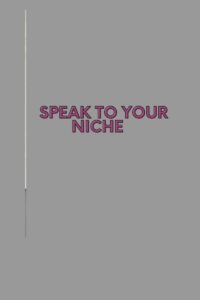
Final press release tips
Know your goals
Think like your target market
Pivot your pitch
Post on Tuesdays between 9 a.m. and noon.
Get maximum media exposure with Siren Publications. You can purchase my press release template or call me at 786-208-0451 to discuss your needs.
